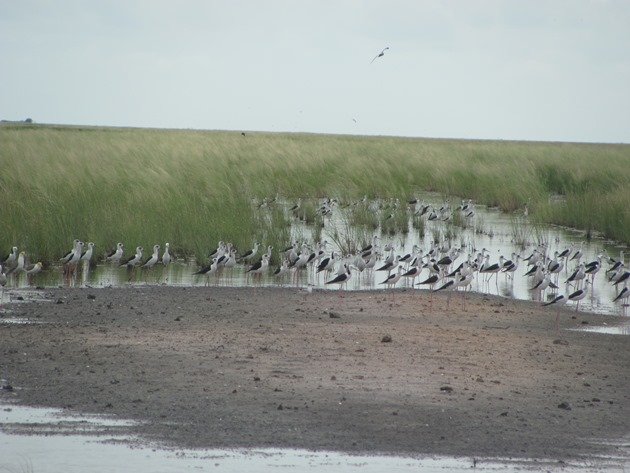
This year has been very wet and the local birds have taken advantage of the situation. Not only have the Magpie-larks been busy building their mud nests and the Tawny Frogmouths been breeding at the supermarket car park, but other birds arrived and started to breed. Magpie Geese arrived in the Broome area and bred close to the main highway and have now moved off to deeper water. Masked Lapwings have bred among the vegetation along the edge of the highway and also at more obvious locations like the Derby Airport! The flooded highway has been excellent for birding and there have been huge flocks of Black-winged Stilt arrive and feed on the road as they have done in previous years when the road is flooded.
Black-winged Stilt feeding on the highway in front of traffic
Over the past few months the Black-winged Stilt have bred close to the highway and also gathered in quite large flocks consisting of both adult and juvenile birds. They are often accompanied by Red-kneed Dotterels and Whiskered Terns. The adult Black-winged Stilts have black necks and the juvenile birds have grey heads and grey feathers around the eye area and no black neck.
Adult and Juvenile Black-winged Stilts
On several occasions recently we have had to stop on the highway to let families of birds go across from one wet side of the road to the other wet side of the road. This has included Magpie Geese, Wandering Whistling Ducks and some very tiny Black-winged Stilt chicks. We pulled over to make sure that they could safely get across the highway and captured the moment that they got to the side that they wanted to be on and then headed off into the vegetation. The adult Black-winged Stilts were flying and running beside them to encourage them to move fast across the bitumen.
Black-winged Stilt chicks on the edge of the highway
Black-winged Stilt chick
Black-winged Stilt chicks heading off the highway
We have normally observed Black-winged Stilt nests with four eggs in, but this may have been their second clutch for the season with the good conditions we have had with all the extra rain. As the land dries out they will move towards the coast and roost on the local beaches around Roebuck Bay. It will be interesting this year to see if we do have any Red-necked Avocets arrive, because it has been such a wet year across Australia and they may not need to come to the coast if the land remains wet.


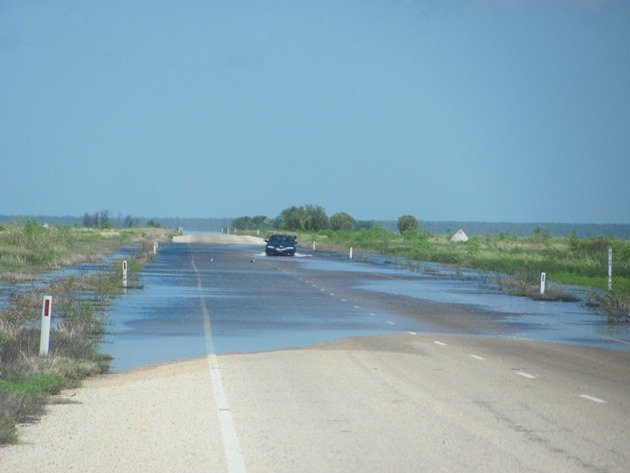
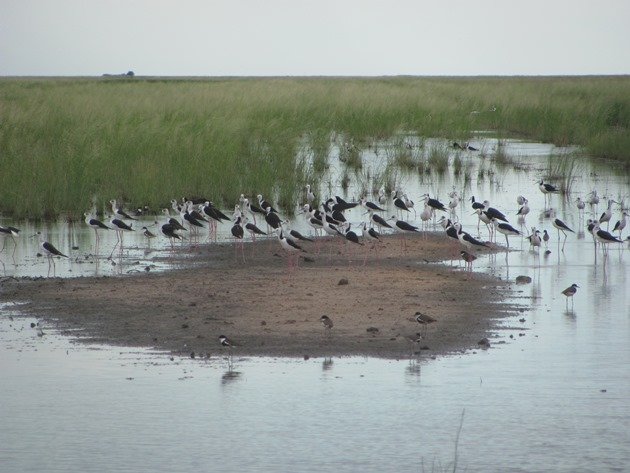
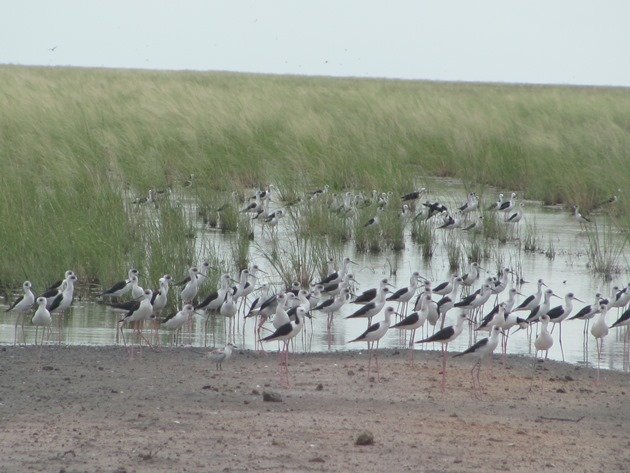
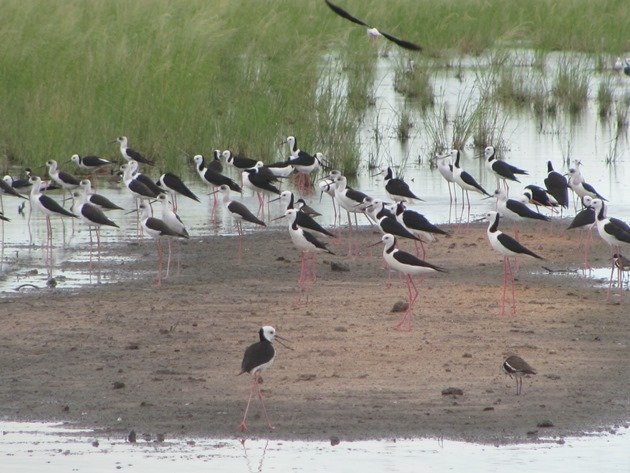
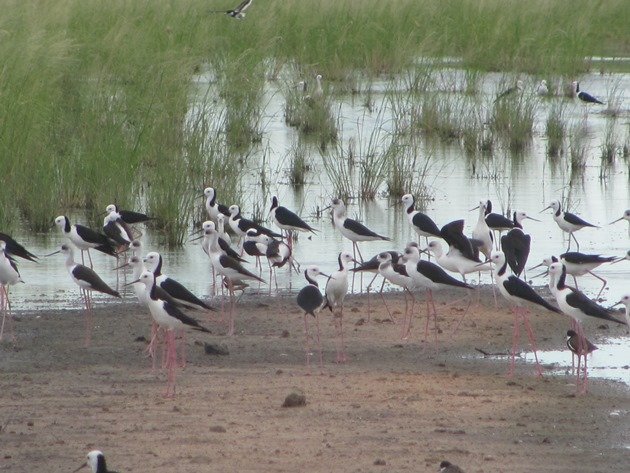
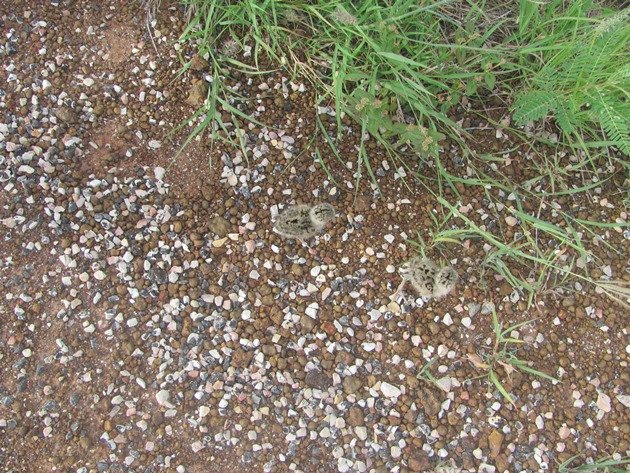
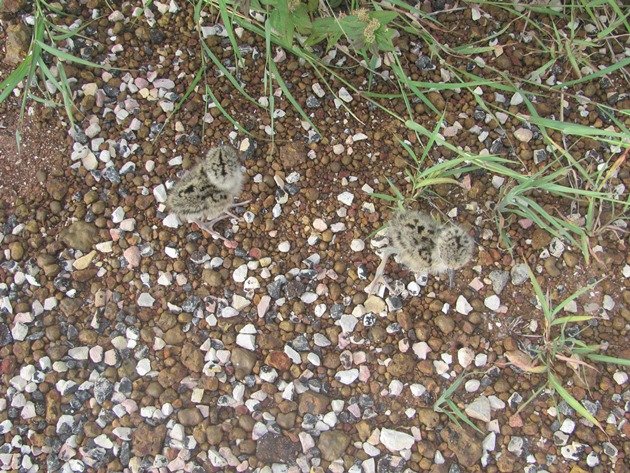
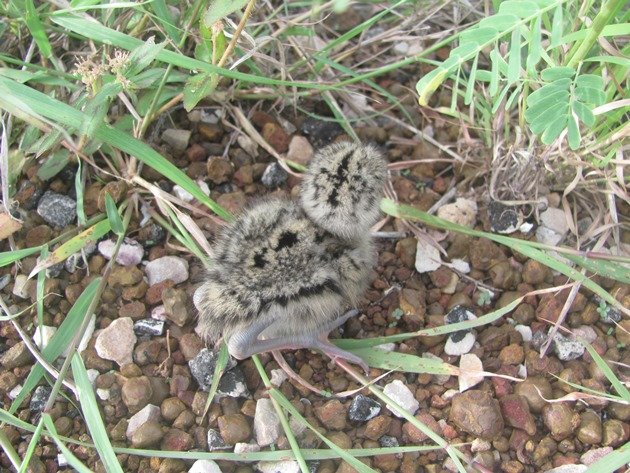
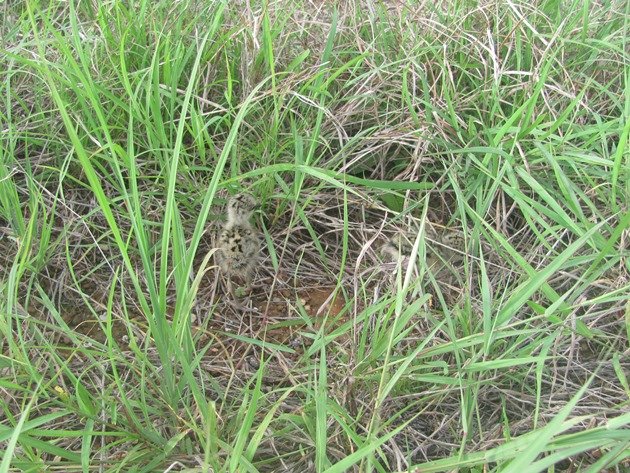










Those chicks are incredibly well camouflaged! I hope they survive so close to the highway. Your adult Black-winged Stilts look quite similar to the Black-necked Stilts we have in California and Mexico (Himantopus mexicanus), but ours have black and white faces. They are stunning birds!